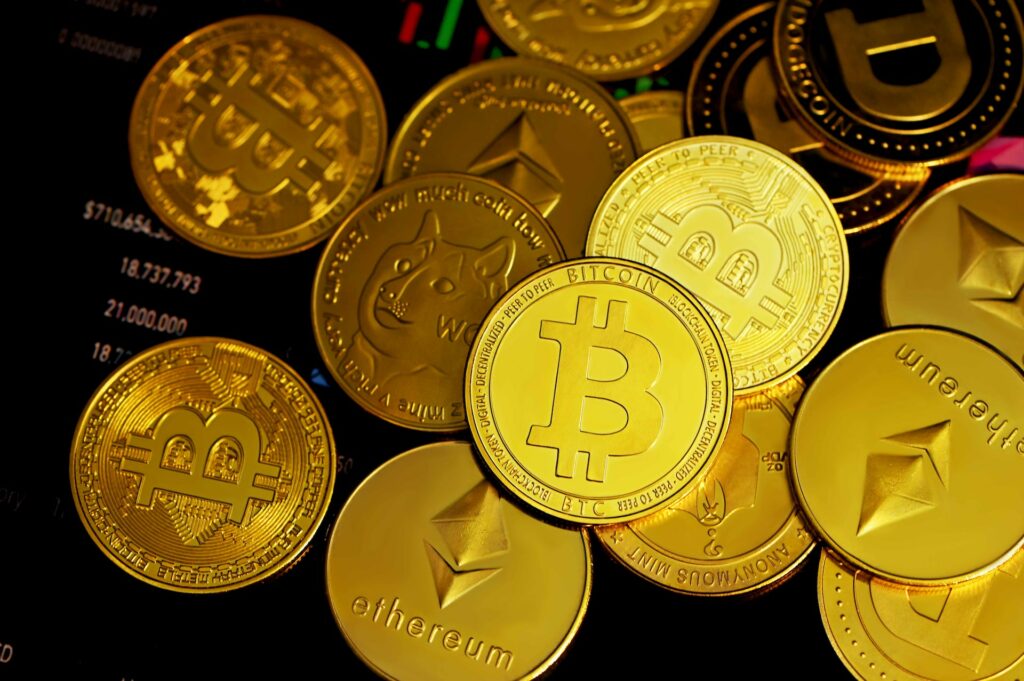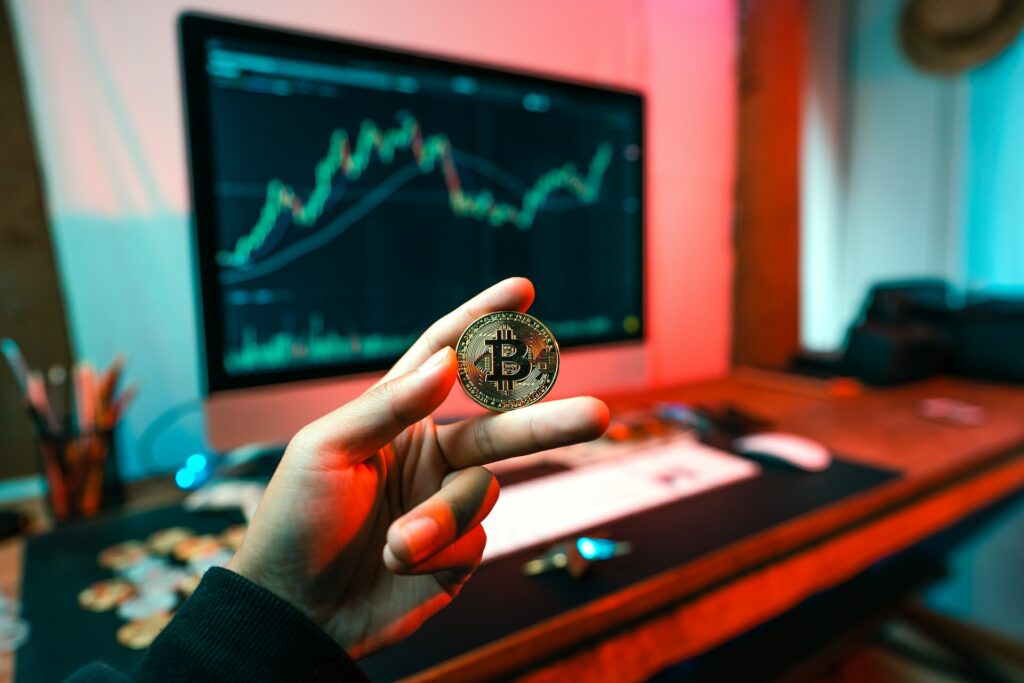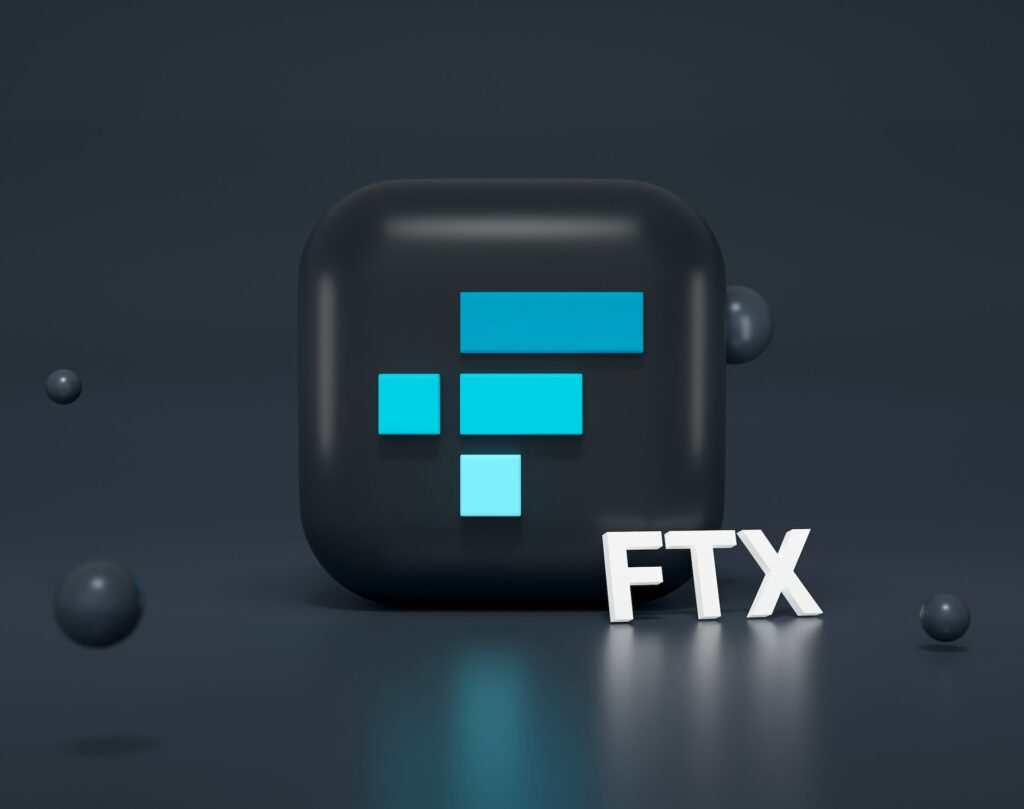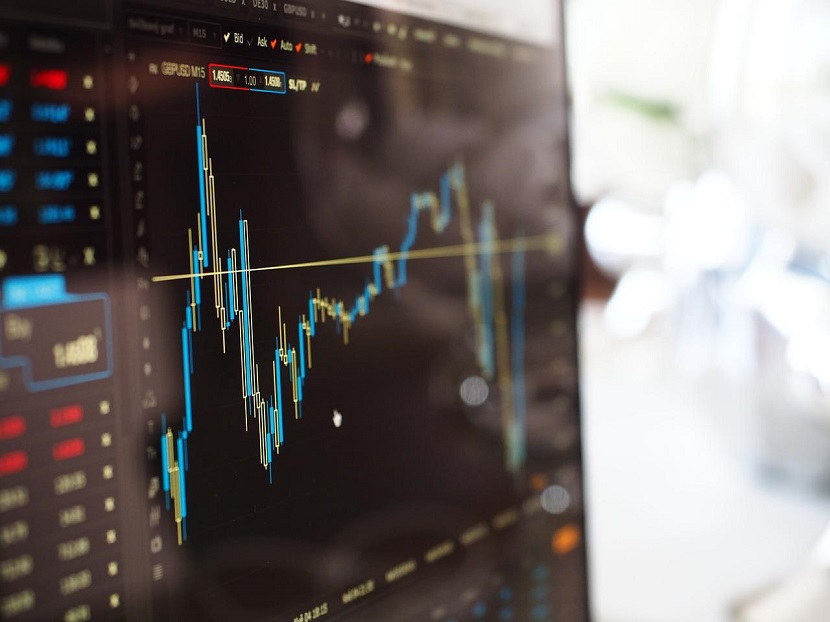Sam Bankman-Fried quickly became a superstar as the head of cryptocurrency exchange FTX. He was called the savior of crypto, the newest force in Democratic politics, and could be the first trillionaire in the world.
Now, people have mixed feelings about 30-year-old Bankman-Fried after FTX filed for bankruptcy protection on Friday. His investors and customers feel like they were tricked, and many people in the crypto world are afraid of what will happen next. Bankman-Fried will probably face criminal charges and lawsuits.
What is (or was) FTX?
FTX is officially based in the Bahamas, although it is administered from the US, having major operations in Chicago and Miami.
It is a cryptocurrency exchange that allows users to purchase and sell crypto assets. Cryptocurrencies all have the same fundamental structure as their star asset, bitcoin. It is a publicly accessible “blockchain” that records ownership without the control of a central authority. FTX is significant because, along with its competitor, Binance, it executes the vast majority of cryptocurrency deals worldwide.
FTX and Binance are both “international” cryptocurrency exchanges, the cryptocurrency counterpart of an offshore casino. Each has an arms-length US-regulated outlet that carefully follows what little regulation the US government has. However, the majority of the money that moves through their books is effectively unrestrained by regulatory requirements.

What actually happened to FTX?
On Wednesday, November 2, an article in CoinDesk, a cryptocurrency industry news site, sparked a problem. It alleged that the balance sheet of Alameda, a crypto hedge fund established by FTX’s creator, Sam Bankman-Fried, included billions of dollars in FTX’s own cryptocurrency, FTT. The firm had been using those assets as collateral in more loans. If this is the case, a drop in the value of FTT might harm both enterprises because to their combined ownership. However, FTT itself had no value beyond FTX’s long-standing commitment to acquire any tokens for $22. It is raising concerns that Bankman -Fried built the entire organization on sand.
The slow-burn crisis accelerated on Sunday, November 6, when Binance’s CEO, Changpeng Zhao, announced that his business was selling its FTT holdings, worth around $500 million, due to “new disclosures that have come to light.”
The bankruptcy
From there, things quickly escalated. FTT’s value plummeted, and FTX clients began withdrawing cash in a bank-run-style exodus. Bankman-Fried told staff in a note that clients withdrew $6 billion in crypto tokens from FTX in three days. He added that daily withdrawals were regularly in the tens of millions of dollars.
Zhao then agreed to buy FTX on November 8, but backed out on Wednesday. “The difficulties are beyond our control or capacity to assist,” Binance added. He was citing findings during the due diligence process and the initiation of regulatory probes in the United States.
On November 10, the Securities Commission of the Bahamas froze the assets of one of FTX’s companies, FTX Digital Markets Ltd. It also appointed a lawyer as interim liquidator. On November 11th, FTX, FTX US, Alameda Research, and over one hundred affiliates filed for bankruptcy in Delaware. According to anonymous sources quoted by the New York Times, the exchange owes up to $8 billion. Bankman-Fried left as CEO and was replaced by John J. Ray III, an expert in corporate restructuring who managed Enron’s liquidation.
How did “the king of crypto” seduce the asset managers?
Bankman-Fried created FTX in 2019, and it has since grown fast, with a recent valuation of $32 billion. Bankman-Fried, the son of Stanford University academics who was known to play the video game “League of Legends” during meetings, drew funding from Silicon Valley’s top echelons.
Sequoia Capital, which has invested in companies such as Apple, Cisco, Google, Airbnb, and YouTube over the years, described their encounter with Bankman-Fried as “talking to the world’s first trillionaire.” Following a Zoom meeting in 2021, several Sequoia partners grew interested about Bankman-Fried. Sequoia opted to invest in the startup after few additional discussions.
Sequoia has already wiped out its $213 million in investments. A pension fund in Ontario, Canada, also reduced its investment to zero.
However, just recently Sequoia released a lengthy and glowing post about the FTX CEO, claiming that the company was wooed by his “vision for the future of money itself — with a total addressable market of every individual on the whole globe.” Following the demise of FTX, the profile was removed from the Sequoia website.

The race for getting exposure to cryptocurrencies
“We were seduced”, a top investor who put a lot of money into FTX said for the Financial Times. In retrospect, he thinks that when his firm questioned Bankman-Fried before investing, it “should have focused more” on details about the crypto exchange’s governance and financial controls, rather than its founder’s growing fame. He also said that the investor’s due diligence on FTX was only as good as the questions its executives asked the young entrepreneur. And remember, his company was target of the biggest funds and banks in the world at the time.
To entice consumers interested in the industry, mainstream asset managers have been scurrying to get exposure to cryptocurrencies. Such is the pressure that a top official at a large financial institution said that his company briefly considered purchasing FTX as part of an internal effort to “go bigger on crypto.”
The skepticism for cryptocurrencies will rise
Under Bankman-Fried, FTX quickly became the third-largest crypto exchange by volume. The shocking fall of this young empire sent tsunami-like waves through the cryptocurrency industry. The crypto world has seen a lot of volatility and trouble this year, including a sharp drop in the price of bitcoin and other digital assets. Some people think that what is happening reminds them of how Wall Street companies fell like dominoes during the financial crisis of 2008. This is especially true now that companies that were thought to be healthy, like FTX, are failing.
One venture capital fund wrote down nearly $200 million in FTX assets. The bitcoin lender BlockFi halted customer withdrawals following FTX’s bankruptcy filing.
Other cryptocurrencies saw price fluctuations and declines: Tether fell below its peg price of $1.00 to $0.97, while Bitcoin fell to its lowest level in two years. The value of publicly listed cryptocurrency firms’ shares has fallen. Solana, which has link with Bankman-Fried, also saw a drop in price. Withdrawals from other exchanges have increased as a result of the FTX situation. A drop in the value of Cronos, the token of exchange Crypto.com, sparked worries of a similar collapse to that of FTX. This prompted withdrawals from the site. CEO Kris Marszalek assured investors that the company was liquid and that it did not employ Cronos in the same way that FTX used FTT.
Uncertain is the eventual consequence of FTX’s bankruptcy, but its collapse will undoubtedly result in the loss of billions of dollars in value. The distrust for cryptocurrencies will also increase at a time when the market could use a confidence boost.



